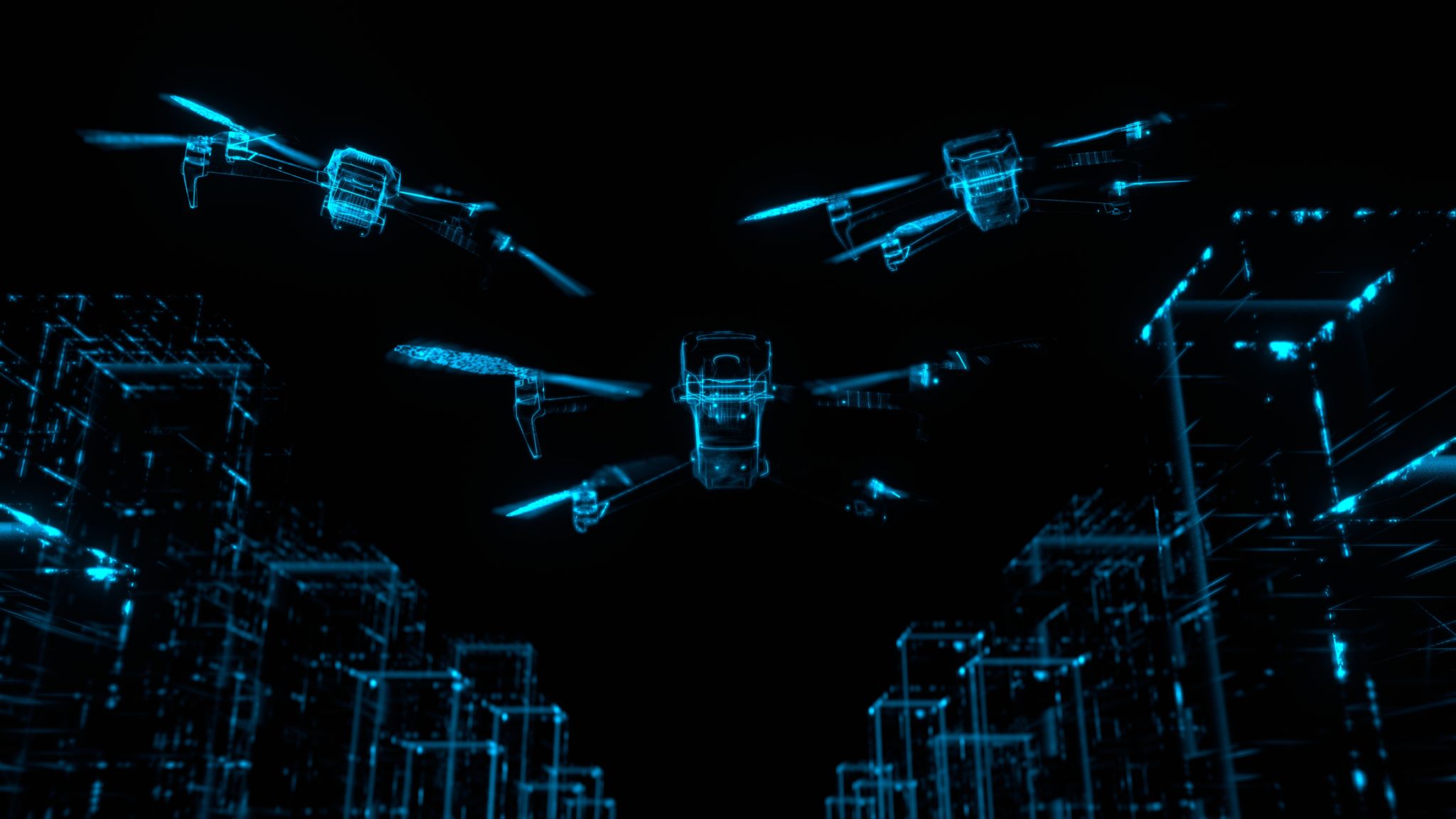Aerial Cinematography Trends in Australia: What's New and Next
JW
Embracing Innovation in Aerial Cinematography
Aerial cinematography is rapidly evolving in Australia, with the industry embracing new trends and technologies that enhance storytelling and visual impact. As filmmakers and content creators seek to push the boundaries, Australia stands at the forefront of these advancements, offering a diverse landscape that serves as a stunning canvas for aerial visuals.
In recent years, the integration of cutting-edge drone technology has transformed the way aerial footage is captured. Drones equipped with advanced features such as 4K cameras, gimbal stabilization, and automated flight paths are enabling filmmakers to achieve shots that were previously unimaginable. These innovations make high-quality aerial cinematography more accessible than ever before.

Environmental and Ethical Considerations
As aerial cinematography becomes more prevalent, there is a growing emphasis on environmental and ethical considerations. Filmmakers are increasingly aware of the impact their activities may have on wildlife and natural habitats. In Australia, this awareness has led to the adoption of responsible filming practices that minimize disruption to ecosystems while capturing breathtaking footage.
Moreover, regulations regarding drone usage are being updated to ensure safety and privacy. Filmmakers are required to adhere to guidelines set by the Civil Aviation Safety Authority (CASA), which include maintaining distance from populated areas and obtaining necessary permits. Compliance with these regulations not only ensures safety but also enhances the reputation of the industry.

The Rise of Virtual Reality and 360-Degree Videos
Another exciting trend in aerial cinematography is the rise of virtual reality (VR) and 360-degree videos. These immersive formats provide audiences with a unique perspective, allowing them to experience breathtaking landscapes from a bird's eye view. In Australia, this trend is gaining momentum as filmmakers experiment with new ways to engage viewers.
By utilizing VR technology, content creators can transport audiences to remote locations, offering an interactive experience that traditional filming methods cannot match. The use of 360-degree cameras mounted on drones enables seamless capture of panoramic views, enhancing the storytelling potential of aerial cinematography.

Creative Storytelling with Aerial Footage
As technology advances, so do the creative possibilities for storytelling through aerial footage. Filmmakers in Australia are leveraging these tools to craft compelling narratives that captivate audiences. By combining aerial shots with ground-level footage, they create dynamic visual stories that enhance the emotional impact of their work.
In addition to traditional filmmaking, aerial cinematography is making its mark in industries such as tourism, real estate, and advertising. Businesses are increasingly using aerial footage to showcase their offerings from unique perspectives, providing potential customers with an engaging and informative experience.

Looking Ahead: The Future of Aerial Cinematography
The future of aerial cinematography in Australia looks promising, with continued advancements in technology expected to open up even more possibilities. As drones become more sophisticated and affordable, we can anticipate an increase in the quality and variety of aerial content produced.
Furthermore, as filmmakers continue to explore new techniques and applications for aerial footage, we can expect to see more innovative projects that push the boundaries of visual storytelling. The combination of technological advancement and creative exploration will continue to drive the evolution of this exciting field in Australia.
